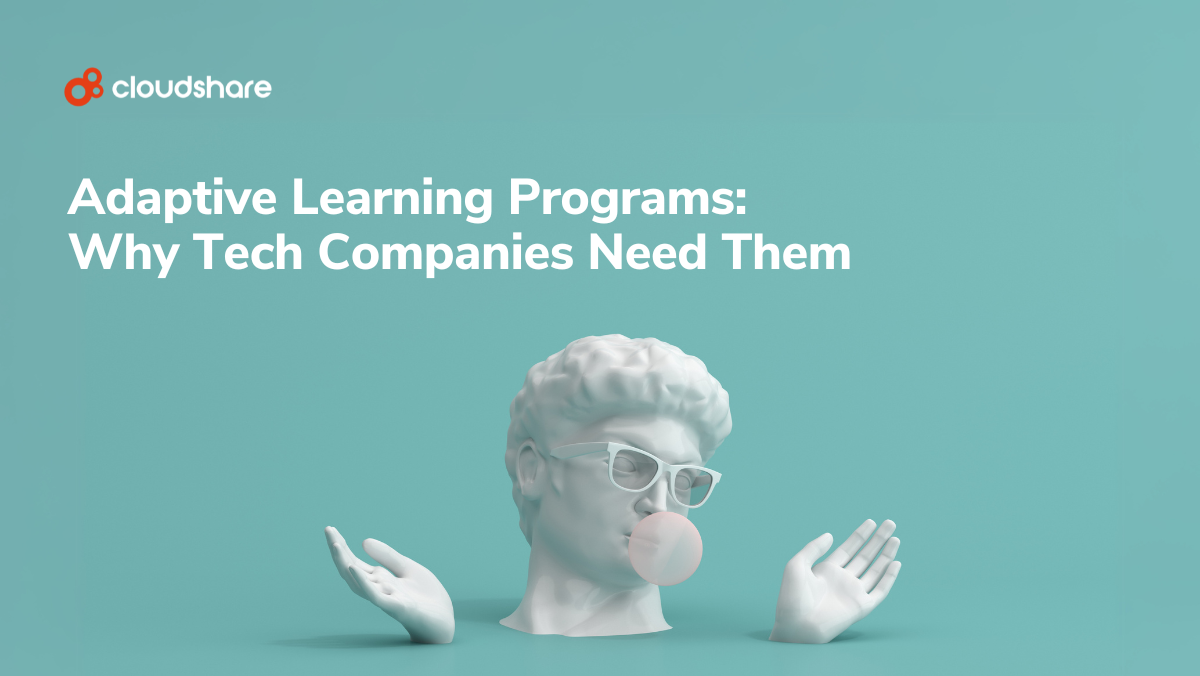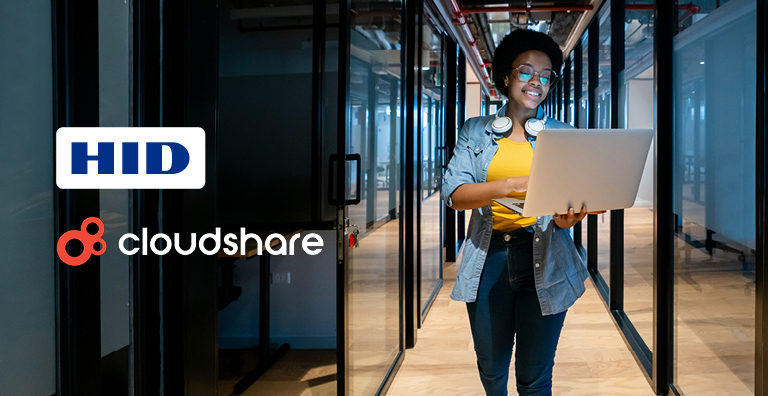
Artificial intelligence is no longer just a game-changer. For tech companies, it’s now essential to getting — and staying — ahead of your rivals. This is especially true in the learning and development space, where adaptive learning has the potential to offer an immense competitive advantage.
But what is it, exactly? More importantly, how can you apply it within your own organization?
What Is Adaptive Learning?
Traditionally, delivering corporate training at scale has required a one-size-fits-all approach by necessity. Beyond a certain point, it’s simply no longer feasible to manually personalize each and every training session. Adaptive learning turns that on its head.
Powered by specialized artificial intelligence, adaptive learning allows instructors to quickly deliver dynamic, customized training at just about any scale, greatly improving the learner experience in the process.
Adaptive learning technology can take a few different approaches, with some of the most common including:
- Real-time contextual hints or feedback
- Learning paths that evolve based on progress
- Assessments that adapt their difficulty to a learner’s expertise
How Adaptive Learning Fits Into Modern Corporate Training
Adaptive learning typically begins with a skills assessment. This provides a baseline for measuring each individual’s competencies, knowledge, and abilities. As a learner progresses, the system refines their learning path by evaluating their engagement and performance.
For instance, a new hire with a background in cybersecurity might skip basic security awareness training and move directly to more advanced topics such as threat intelligence and incident response, while a less experienced colleague explores general best practices.
The Benefits of Adaptive Learning for Tech Companies
Adaptive learning is especially valuable for technology companies, which often employ people with vastly different backgrounds and skillsets. By personalizing internal training to each individual’s unique capabilities, an organization can enable faster onboarding and upskilling while also keeping learners motivated and engaged. What’s more, this can be achieved at almost any scale.
Companies that employ adaptive learning also tend to utilize their training resources far more efficiently, with less time and money spent on irrelevant or unnecessary content. They also benefit from data-driven insights that enable further refinement over time.
Adaptive Learning Platforms: The Five Best Options
The best adaptive learning solutions typically share several characteristics.
In addition to seamlessly integrating with existing learning management systems (or including out-of-the-box LMS functionality), they support scalable, AI-driven content generation and delivery. They combine this functionality with customizable learning paths, assessments, and analytics.
With the above in mind, here’s a shortlist of the best offerings out there:
- Absorb — intelligent automation, AI-driven learning paths, and tailored course recommendations for corporate training initiatives plus an extensive library of pre-made content
- Docebo — flexible, AI-driven drag-and-drop content creation with personalized delivery, automated skill assessments, and over four hundred integrations
- TalentLMS — intuitive interface backed by sophisticated AI that supports use cases ranging from customer onboarding to security and compliance training
- 360Learning — equal parts LMS and learning experience platform (LXP), leveraging AI for both adaptive learning and rapid content generation
- LearnUpon — supports technical training at scale with adaptive learning functionality geared toward employee onboarding and certification
Adaptive Learning Programs: Examples for Tech Companies
A tech company might apply adaptive learning in a multitude of different ways, including the following scenarios.
Employee Onboarding and Upskilling
A company hires two sales engineers. One is a recent transfer from a different industry, while the other has several decades of relevant experience. Rather than expecting both employees to go through the same onboarding process, the company evaluates each individual’s knowledge and skills.
The less-experienced hire starts with foundational modules on industry standards and best practices, while the more-experienced one receives training specifically focused on the company’s software.
Both employees can later access a comprehensive library of internal modules that allow them to hone relevant skills and develop new ones.
Customer Education
A SaaS company provides a solution that serves an incredibly diverse user base encompassing a range of technical backgrounds. Via adaptive learning, the company is able to deliver product training tailored to each customer’s level of knowledge. This shortens time to proficiency, reduces the number of support tickets, enhances customer satisfaction and ultimately improves retention.
Cybersecurity Training
As part of its cybersecurity awareness training initiative, a global IT services firm has employees complete a pre-assessment to determine their knowledge and risk areas. It then uses an adaptive learning platform to deliver dynamic content to each employee, ranging from basic phishing awareness to advanced threat simulations. Each employee’s training experience evolves as they learn.
Adaptive Learning Programs and Hands-On Virtual Labs
Virtual lab technology and adaptive learning perfectly complement one another, allowing companies to deliver personalized hands-on training that let employees develop and hone practical skills.
The organization can even adjust the type and complexity of labs delivered to an employee as they progress through their training, supporting far more effective onboarding and professional development.
Next Steps: Learn More About Hands-On Learning
It’s a given that hands-on training is far superior to static learning — and AI only amplifies its strengths. For a complete breakdown of how and why experiential learning is so compelling, check out How Hands-On Learning Accelerates Time-to-Value.




